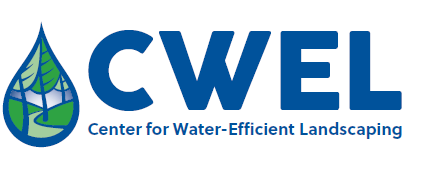Theory and Practice Related to Native Plants: A Case Study of Utah Landscape Professionals
Abstract
As a result of a trend favoring ecological perspectives in design, significant changes have occurred in the landscape architecture profession in recent decades through the move to integrate ecological perspectives. This paper explores the distance between theory and practice in the use of native plants by landscape professionals. Results from a survey administered in 2002 to the Utah Chapter of the American Society of Landscape Architects are presented and analyzed in the context of three issues: the tension between aesthetic and scientific foundations in landscape architecture; constraints and trade-offs that landscape architects encounter in their work; and the need to balance universal and local dimensions of professional knowledge. Data from this research reveal that although survey participants expressed a general commitment to using native plants, they encountered challenges and constraints related to native plant availability, lack of customer receptivity, limitations in their own knowledge, ability of native plants to satisfy diverse and complex project objectives, and market forces within the landscape design and nursery industries.


